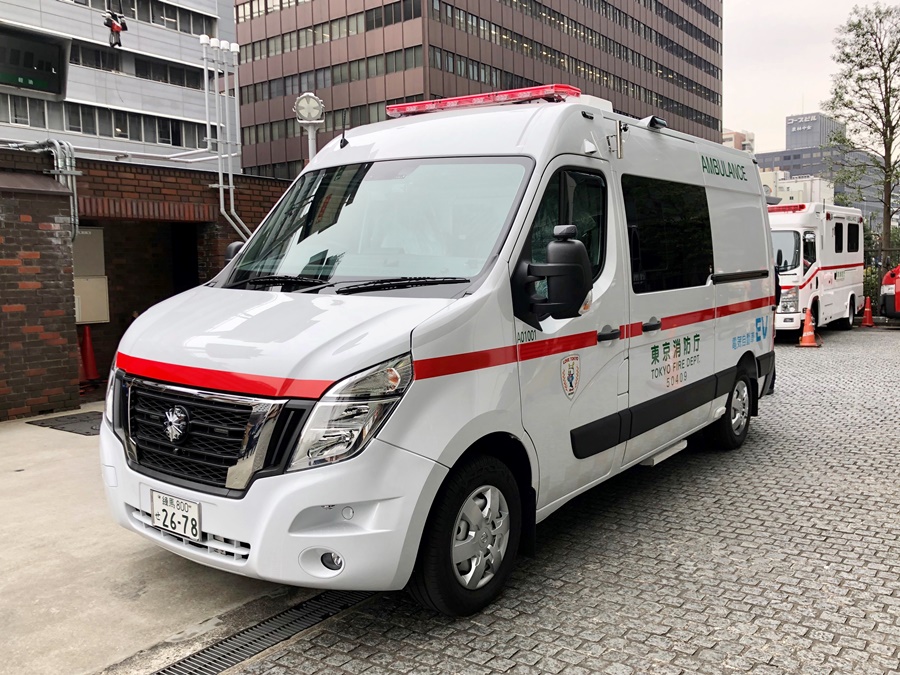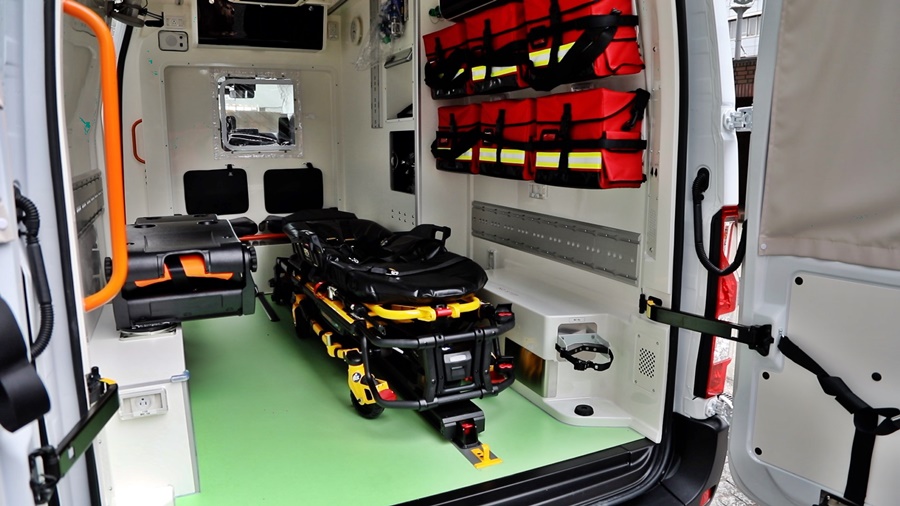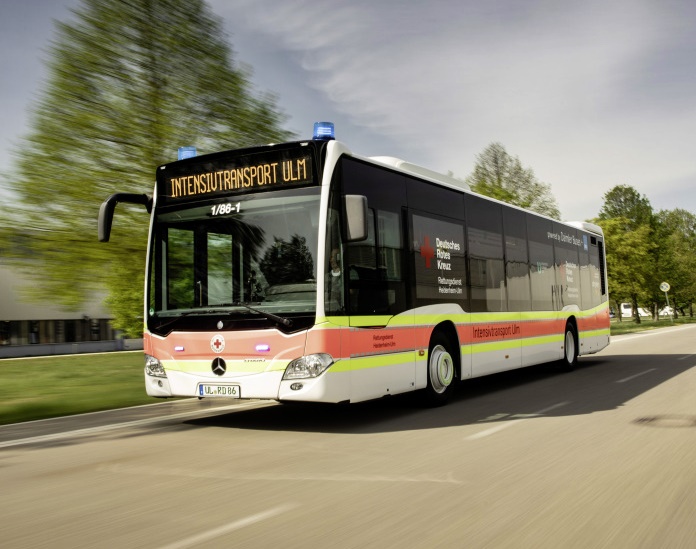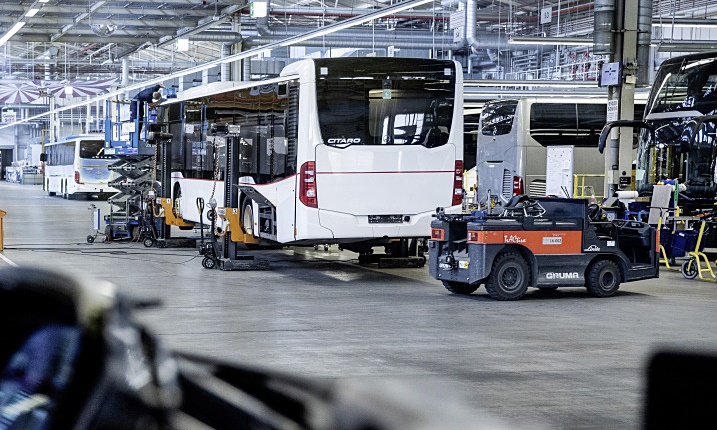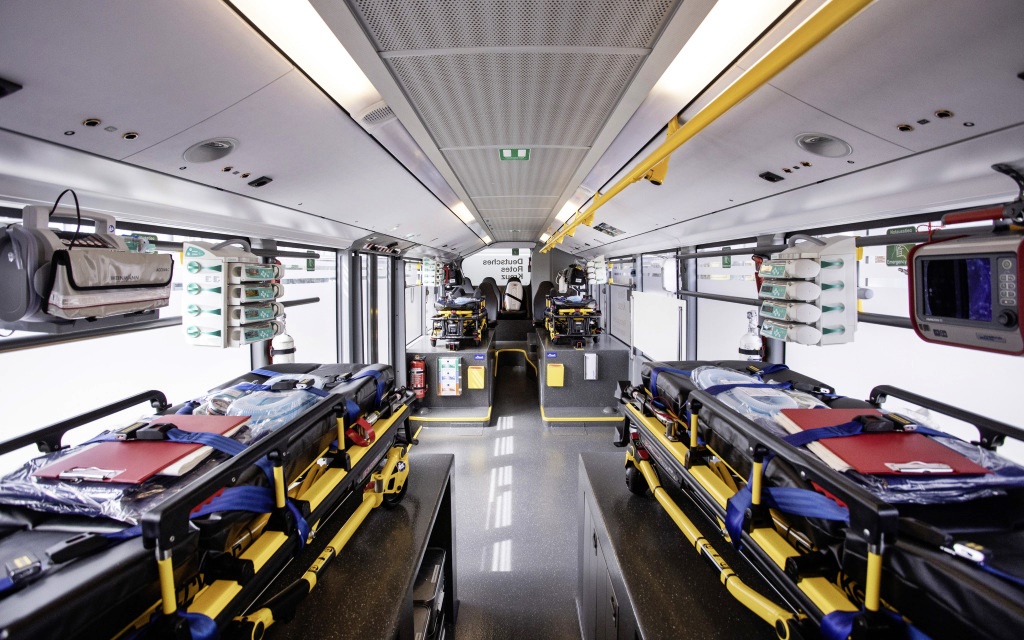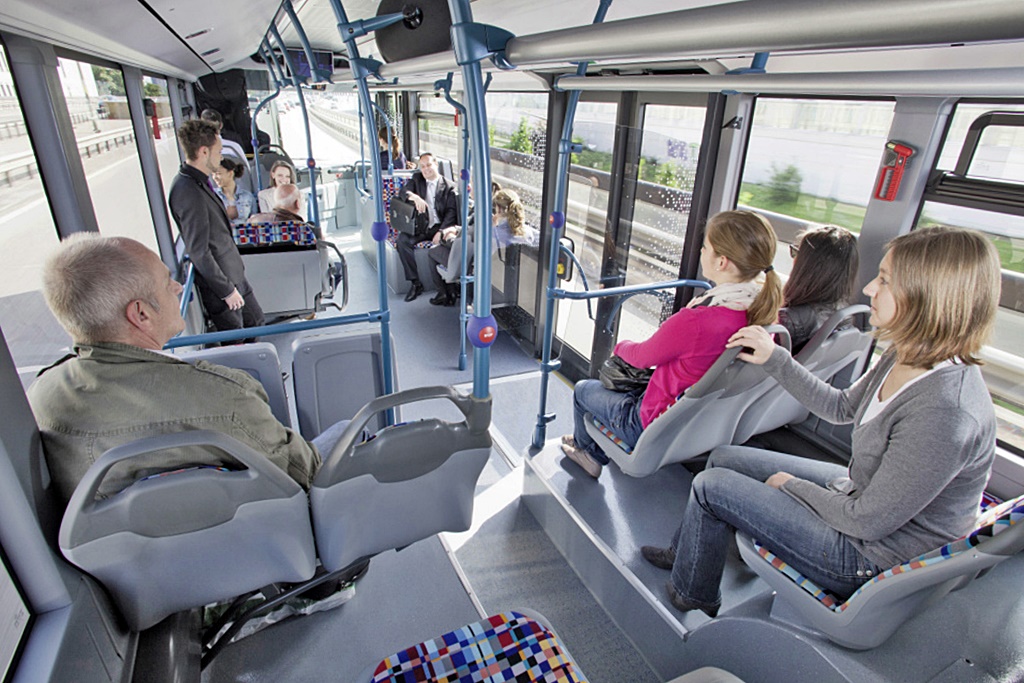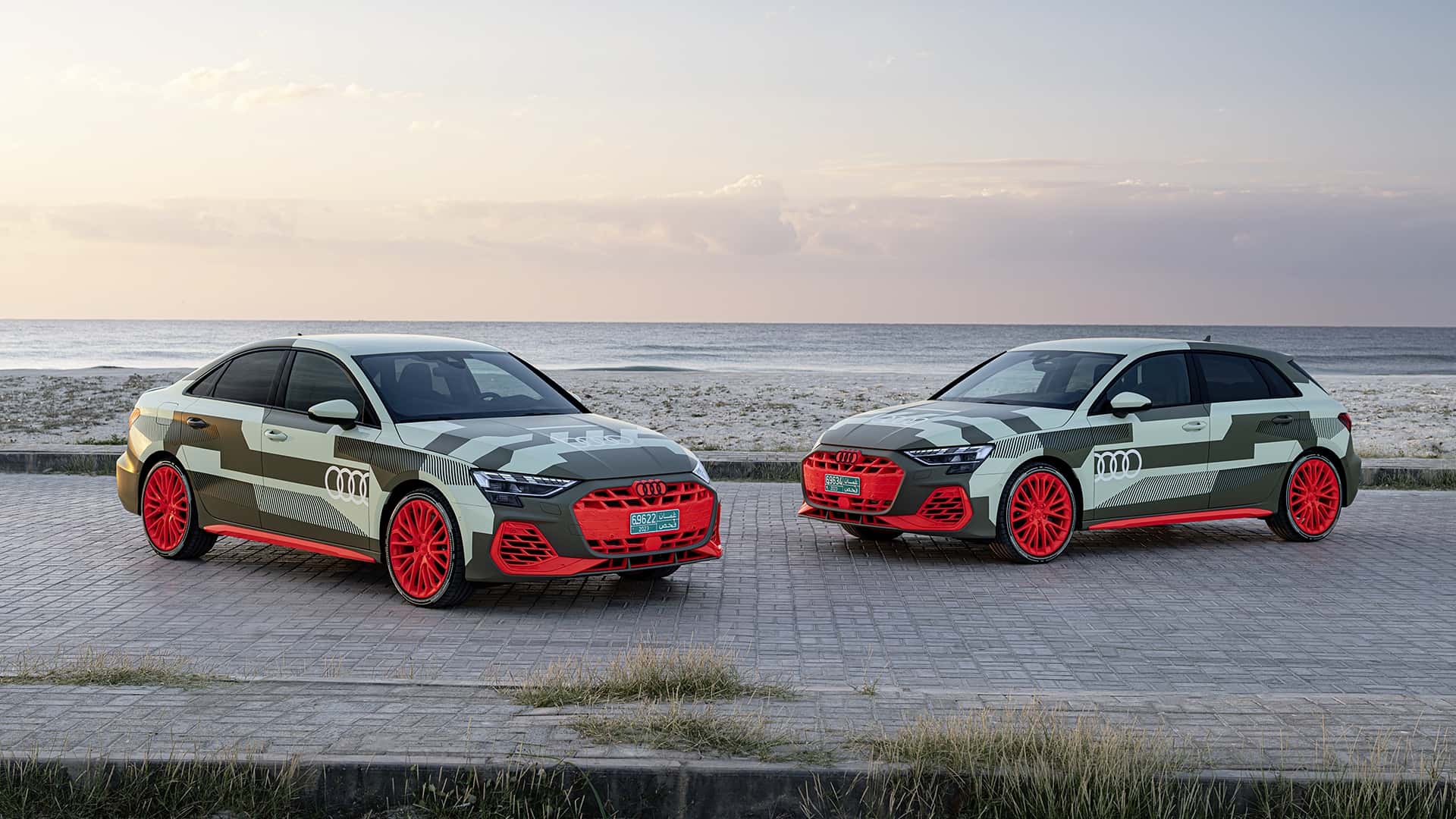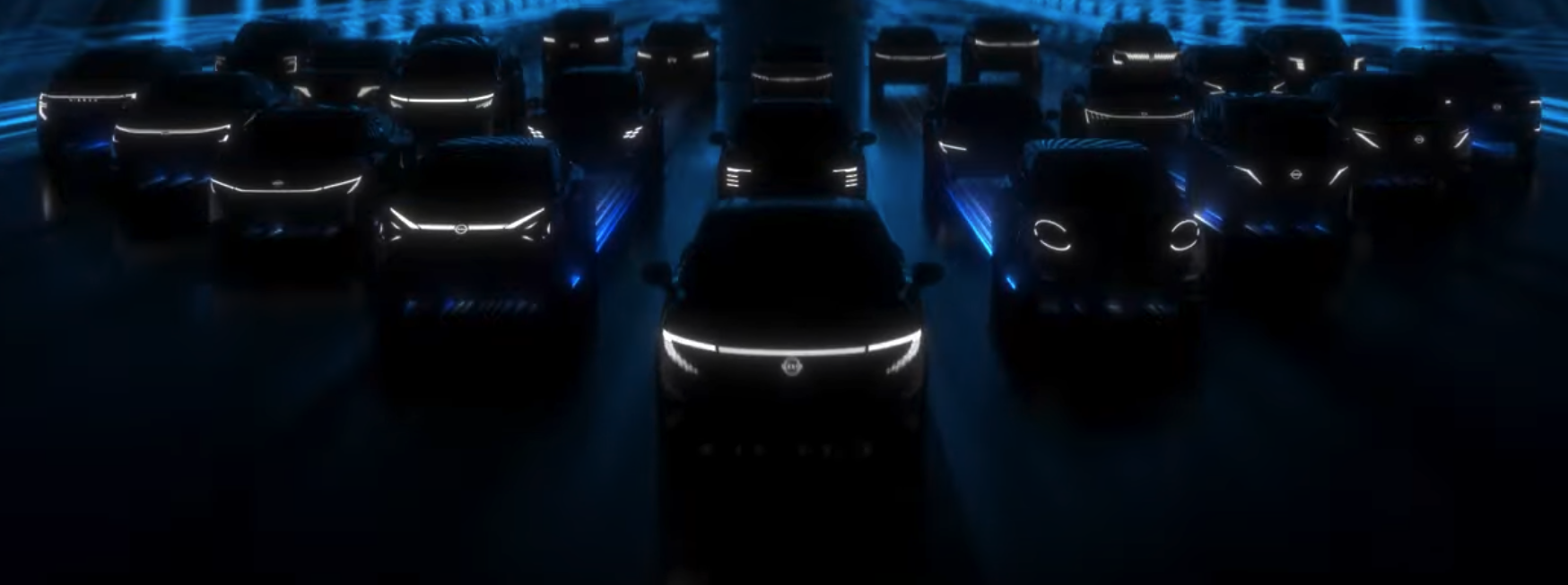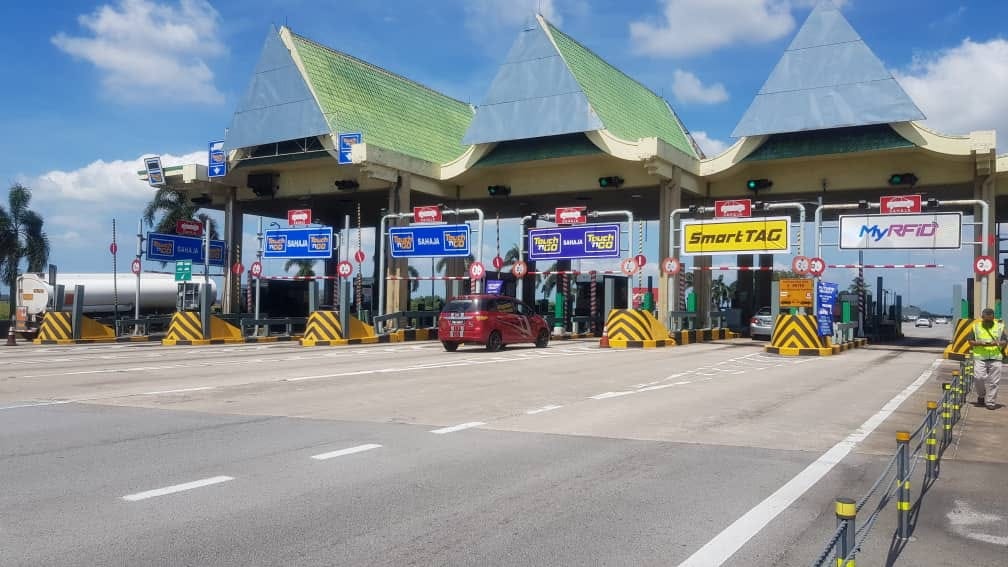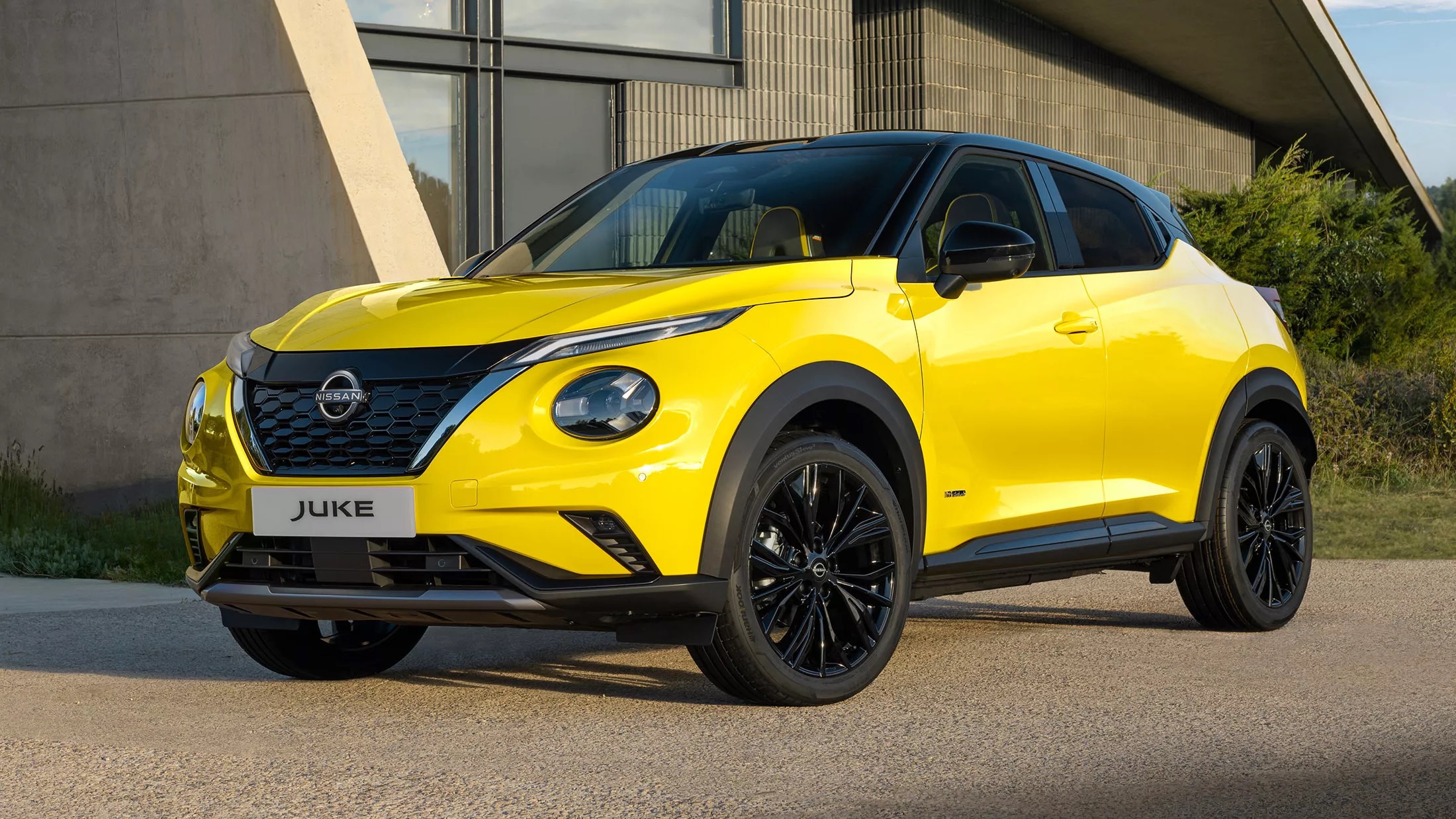An electrically-powered ambulance would be ideal as it not only generates zero toxic emissions but also runs quietly and smoothly. However, due to the size needed to comfortably accommodate patients or injured people, it has to be quite big and as electric powertrains have become more powerful, it is now possible to have an EV ambulance.
It’s not surprising that Nissan, with its leadership in EVs, has developed an EV ambulance. The project is the result of a strong collaboration between Nissan, the Tokyo Fire Department and the Tokyo Metropolitan Government, which has led to the Nissan NV400 Zero Emission (EV) Ambulance.
The introduction of the first EV ambulance in the Tokyo Fire Department fleet is part of the Tokyo Metropolitan Government’s ‘Zero Emission Tokyo’ initiative.
“Nissan strongly believes in sustainable mobility and strives to contribute to a world with zero emissions and zero fatalities,” said Ashwani Gupta, Representative Executive Officer and Chief Operation Officer at Nissan. “This project is another great example of our efforts to enhance accessibility of eco-friendly vehicles to local communities.”
The Nissan EV Ambulance is equipped with an electric stretcher that enables ease of operations for ambulance staff. Thanks to its EV 55 kW/220 Nm powertrain, the noise and vibration levels in the vehicle are significantly lower in comparison with a traditional petrol engine-powered vehicle, helping reduce negative impact on patients as well as on staff handling sensitive equipment.
Two lithium-ion battery packs support its EV capabilities (33 kWh with an additional battery (8 kWh) allowing longer use of electrical equipment and the air-conditioning system. The ambulance can also turn into a mobile source of electrical power in case of a power outage or natural disaster.
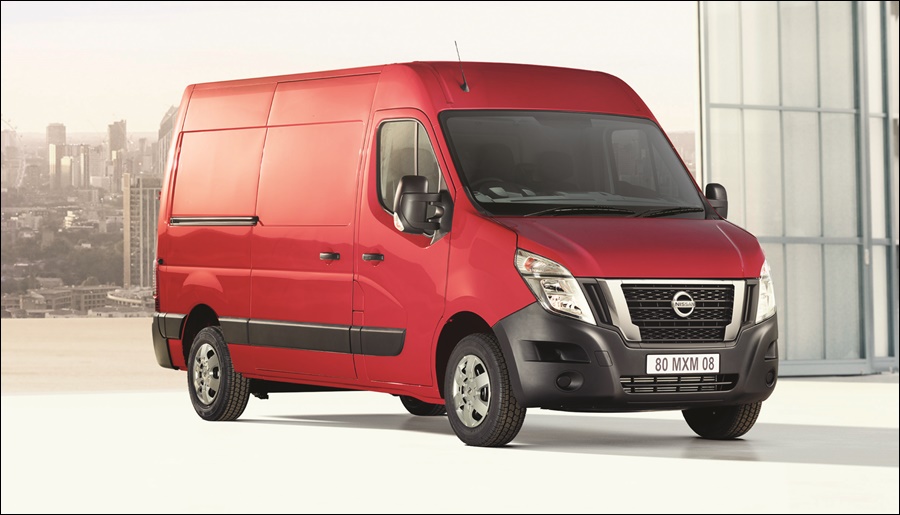
The Nissan EV Ambulance, which can carry up to 7 persons (including crew), is a cost-efficient solution from a cost-of-charging and maintenance point of view. It is based on the company’s NV400 model sold in various markets.
The 5.548-metre long bodywork was customised by Autoworks Kyoto to be compliant with Japanese regulations and designed to meet customer needs. Additionally, Nissan called on by Gruau, a major European emergency vehicle bodywork company, to assist in its development.
The NV400 EV Ambulance is a continuation of Nissan’s electrification of its light commercial vehicle models. In some European markets, Nissan also offers an electrically-powered van – the e-NV200 – for last-mile deliveries. Its quietness and emission-free operation is appreciated in urban areas.
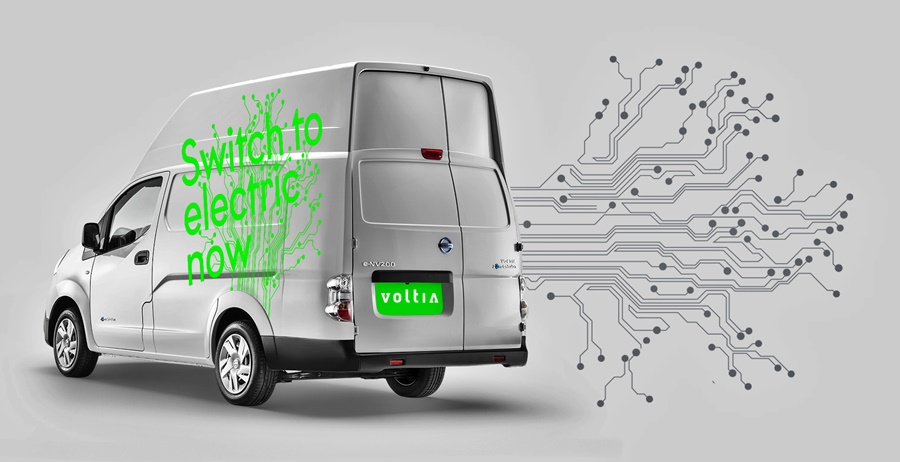
The Nissan NV200 is available in Malaysia as a light commercial vehicle. To know more, visit www.nissan.com.my.


